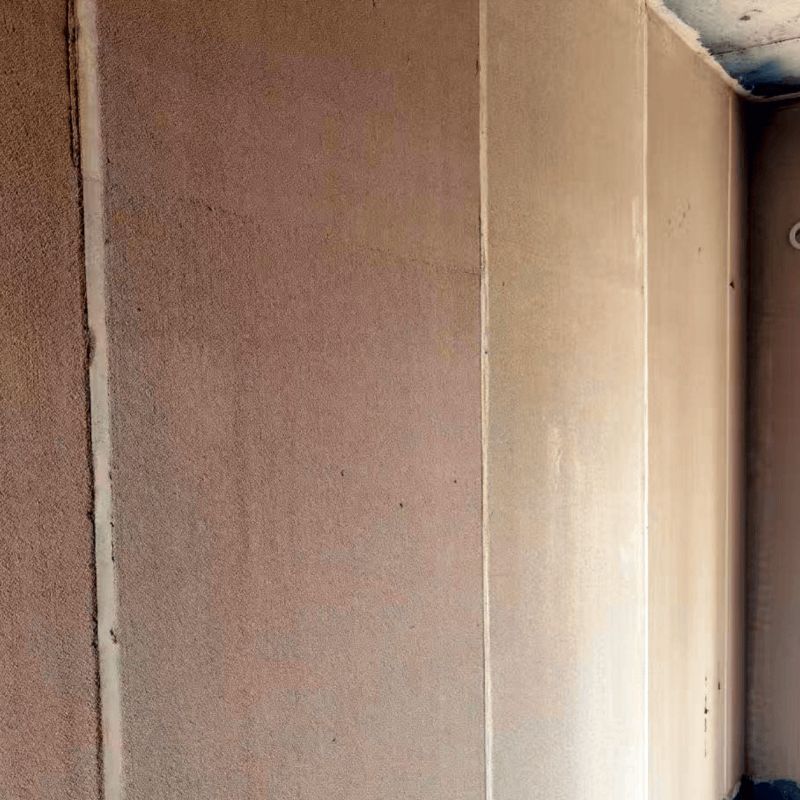What Are the Features of Henan Huitong Foam Glass Shell?
Henan HuitongFoam Glass Shell is a new type of environmentally friendly equipment material. Let\'s learn about it today!Henan Huitong's foam glass shell is a closed-cell foam glass and is considered a good insulation material. It has many advantages including lightweight, low thermal conductivity, moisture resistance, low water absorption, non-combustibility, resistance to mold, high mechanical strength, easy processing, chemical corrosion resistance (except hydrofluoric acid), non-toxicity, and stable performance.Henan Huitong’s foam glass shell serves as both a cryogenic material and an insulation material, able to adapt to a wide temperature range from deep freezing to higher temperatures. Its significant value lies not only in its durability over years without deterioration but also in its fire and shock resistance. In harsh environments with low temperatures, deep freezes, underground projects, flammable and explosive conditions, humidity, and chemical corrosion, it is not only safe and reliable but also durable, earning the title of "insulation material that doesn’t need replacement." Therefore, it is widely used in residential construction, petroleum, chemical, underground projects, shipbuilding, and national defense industries.If you are interested in this material, you can visit Henan Huitong Insulation Materials Co., Ltd. (http://www.henanht.com/)!







